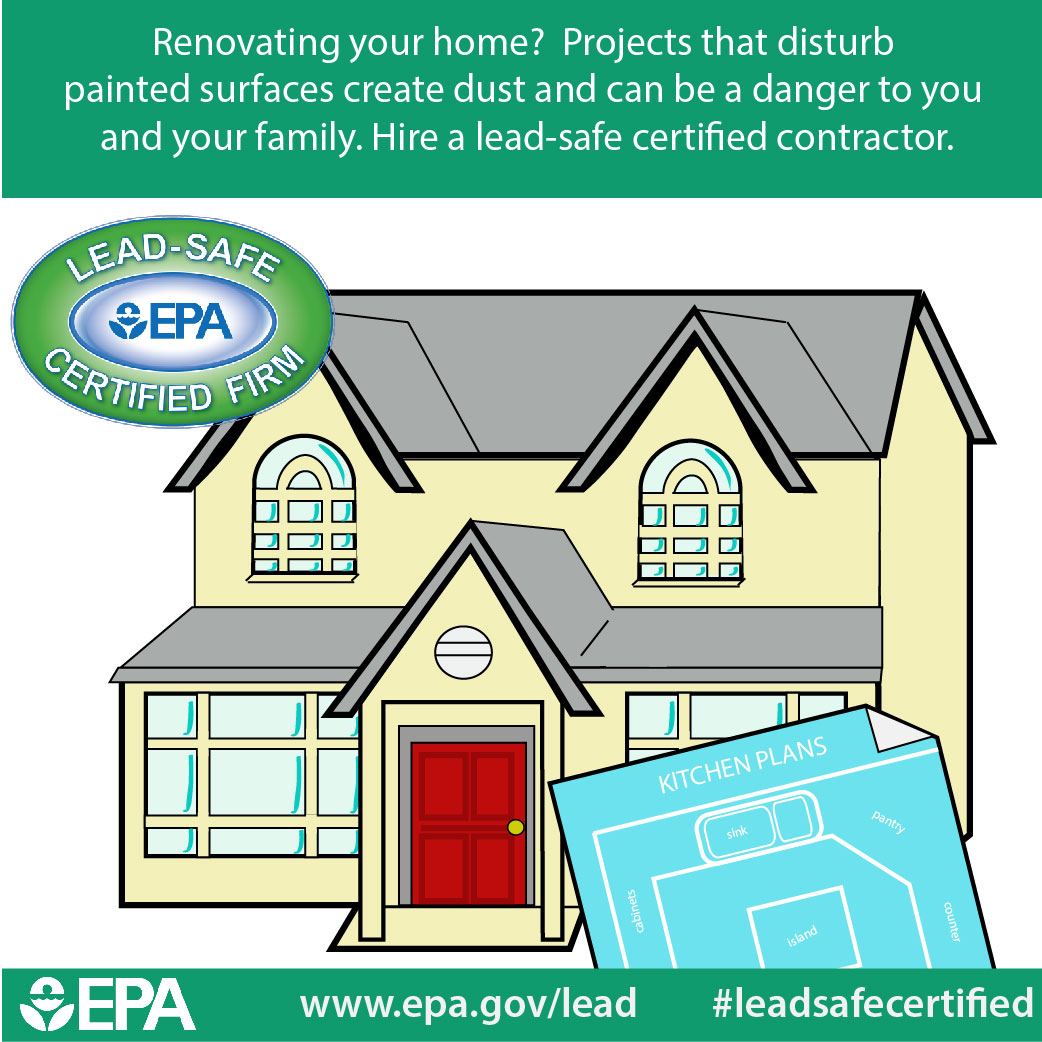Secret Seasonal Considerations For Commercial Exterior Paint: What You Need To Be Enlightened Regarding
Secret Seasonal Considerations For Commercial Exterior Paint: What You Need To Be Enlightened Regarding
Blog Article
Authored By-Carlson Bagger
When you're intending a business exterior painting task, seasonal elements can make or break your results. You'll want to take into consideration exactly how temperature level and moisture impact paint application and drying times. Picking the best season can guarantee your paint adheres appropriately and lasts longer. However which periods are really the very best for this type of work? Let's discover the key elements that can impact your project's success.
The Impact of Temperature Level on Paint Application
When you're planning an industrial exterior painting task, the temperature level can substantially affect exactly how well the paint sticks and dries.
Preferably, you want to repaint when temperatures vary between 50 ° F and 85 ° F. If it's too chilly, the paint might not heal effectively, leading to problems like peeling off or fracturing.
On the other side, if it's also hot, the paint can dry out also quickly, preventing appropriate bond and leading to an irregular coating.
You should likewise think about the time of day; morning or late afternoon supplies cooler temperatures, which can be much more positive.
Constantly examine the supplier's referrals for the particular paint you're using, as they frequently provide guidance on the perfect temperature level variety for optimal outcomes.
Moisture and Its Impact on Drying Times
Temperature level isn't the only ecological factor that influences your industrial external painting task; moisture plays a considerable duty also. High humidity degrees can slow down drying times considerably, influencing the overall high quality of your paint task.
When the air is saturated with dampness, the paint takes longer to cure, which can result in problems like bad adhesion and a higher risk of mold growth. If you're painting on a particularly damp day, be planned for extensive wait times between layers.
painter to monitor local climate condition and plan as necessary. Ideally, go for humidity degrees in between 40% and 70% for optimal drying.
Maintaining these factors in mind guarantees your project stays on track and provides an enduring finish.
Best Seasons for Commercial Outside Paint Projects
What's the very best season for your business outside paint jobs?
Springtime and early autumn are normally your best bets. Throughout these seasons, temperature levels are light, and moisture degrees are commonly reduced, developing suitable problems for paint application and drying out.
Stay clear of summer's intense heat, which can create paint to completely dry as well quickly, leading to inadequate bond and surface. In luxury home painters , winter season's cold temperature levels can prevent appropriate drying out and curing, risking the long life of your paint job.
Aim for days with temperature levels between 50 ° F and 85 ° F for optimum results. Keep in mind to examine the local weather report for rainfall, as wet problems can wreck your project.
Preparation around these factors guarantees your paint task runs efficiently and lasts much longer.
Conclusion
In conclusion, intending your industrial exterior painting projects around seasonal considerations can make a considerable distinction in the outcome. By organizing work throughout the ideal temperature levels and humidity degrees, you'll make sure far better attachment and drying out times. Keep in mind to keep an eye on local weather prediction and select the correct time of year-- spring and early loss are your best options. Taking these actions will certainly aid you achieve a sturdy and expert finish that lasts.
